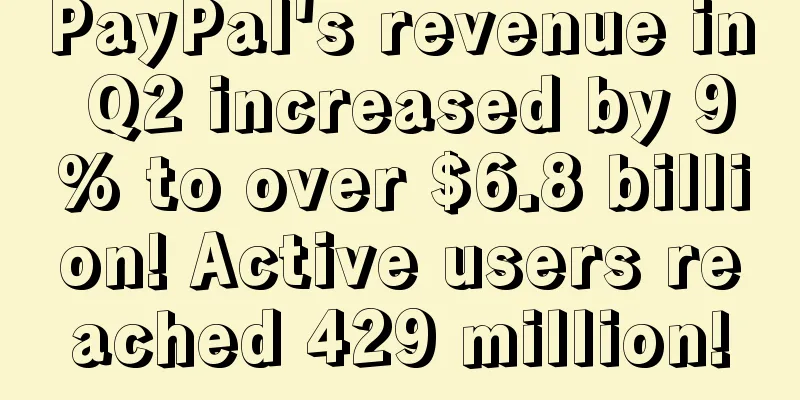UPS and other carriers extend peak season surcharges, holiday shipping costs surge

|
It is learned that on December 3, according to foreign media reports, as the holiday shopping season started early and extended, transportation costs rose sharply, and FedEx and UPS extended the period for collecting surcharges, bringing new pressure to retailers and consumers. FedEx and UPS have implemented price increases of nearly 33% since the beginning of 2021, mainly due to fuel surcharges, rate increases, and additional charges for rural addresses and special-shaped packages. These surcharges are usually associated with the peak season, but this year the collection period has been extended to cover about 111 days, reflecting the early start of the holiday shopping season. In order to maintain profitability, carriers have extended peak-season surcharges, further increasing the burden on retailers and consumers. Data shows that additional shipping costs for some retailers have accounted for 50% of total shipping costs. With the early start of the shopping season and extended promotions, retailers have started paying higher shipping costs since Halloween. At the same time, rising costs caused by inflation have squeezed profit margins, and consumers' demand for free delivery and convenient returns has intensified. Many consumers are unwilling to pay for additional shipping costs, making operations more difficult. Lisa Anderson, president of LMA Consulting Group, pointed out that although surcharges are usually charged during peak seasons and for oversized items, this year's surcharges are particularly significant. The reasons behind this phenomenon include high inflation rates and carriers' profit strategies after the epidemic. In order to adapt to these changes, retailers usually adjust their pricing and promotion strategies. Some retailers may bear part of the surcharges for high-end customers, but overall, inflation has had a lasting impact on overall freight rates. Surcharges are usually concentrated during Thanksgiving, Black Friday, Cyber Monday, Christmas and New Year's Day. This year, UPS and FedEx have been fully prepared for peak season demand and have optimized operations to ensure on-time delivery. However, global supply chain disruptions still have an impact on the transportation process, and carriers face additional challenges while meeting high demand. Therefore, the increase in surcharges is mainly to compensate for the additional costs and ensure that the delivery process is not affected. Looking ahead, Anderson believes that despite the addition of high-demand surcharges in 2024, carriers have indicated that they do not plan to extend the high-demand surcharges until 2025 after the peak season ends. Industry experts also expect that these additional charges will eventually be absorbed by the market, so prices will remain stable in the future, although overall transportation costs will still be at a high level. Author ✎ Rayna/ Statement: This article is copyrighted and may not be reproduced without permission. If you need authorization, please contact: happy |
<<: Cyber Monday sales hit record high, with U.S. consumers spending $13.3 billion online
>>: Pet e-commerce company Chewy's Q3 revenue was $2.88 billion, up 4.8% year-on-year
Recommend
After the store closures, do you really know the truth about the year-end bonuses for cross-border workers in 2021?
There are only 3 days left until 2022, and workers...
Are the Q3 results of US tech giants sounding the alarm? The situation is not optimistic
According to the latest news, as the growth of dig...
What is Premium Shipping? Premium Shipping Review
Premium Shipping is a service launched by Amazon i...
Big event of the week! BYD obtains mask certification! Customs updates the latest mask access standards of various countries!
BYD obtains mask certification! Customs updates t...
Will Cyber Monday become the biggest online shopping day in the U.S.? Sellers: It's just an ordinary Monday
<span data-shimo-docs="[[20,"时间就像装了发条,转眼间就...
What are the rules and logic for Amazon to successfully identify crossed-out prices?
text How does Amazon's product list price com...
7-day popular reward: How can I legally use VINE to increase reviews? There are 3 solutions...
01. Amazon Regarding VINE, how can we legally use ...
What is Patreon? Patreon Review
Patreon is a crowdfunding platform for artists fou...
What is Social Media Promo Code? Social Media Promo Code Review
Social Media Promo CODe is a new feature launched ...
Starting July 28! PayPal's US goods and services fee structure has changed!
<span data-docs-delta="[[20,"获悉,据外媒报道,近日Pa...
Selling yourself? A large number of Amazon stores have cloned listings!
As soon as Black Friday and Cyber Monday came to...
@All cross-border people, stop working for a basic salary and come out and set up stalls!
It’s hard to find a job, so try setting up a stal...
Twitter crashes for the first time since Musk took over! More than 10,000 users say they can't log in!
According to reports, Twitter suffered a large-sca...
Old links use non-formal UPCs, how can I fix this?
Old links use non-formal UPCs, how can I fix this?...
Black Friday and Cyber Monday left out? A new way to start the US holiday shopping season
It is learned that the timing of holiday shopping ...









